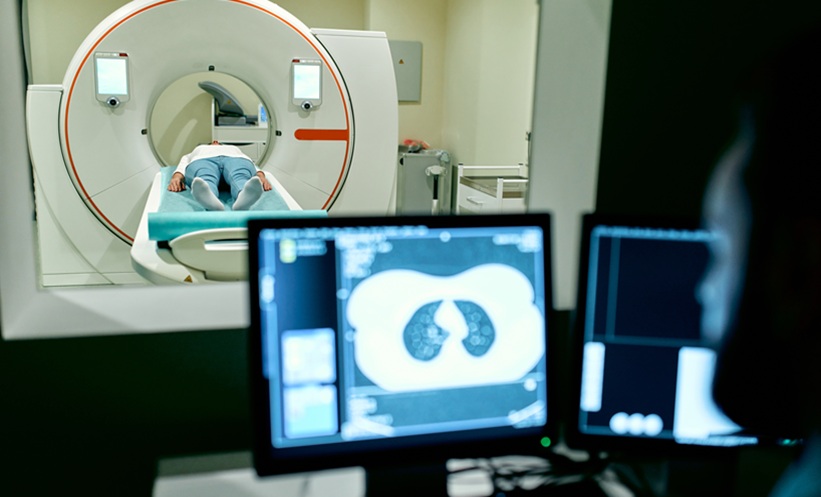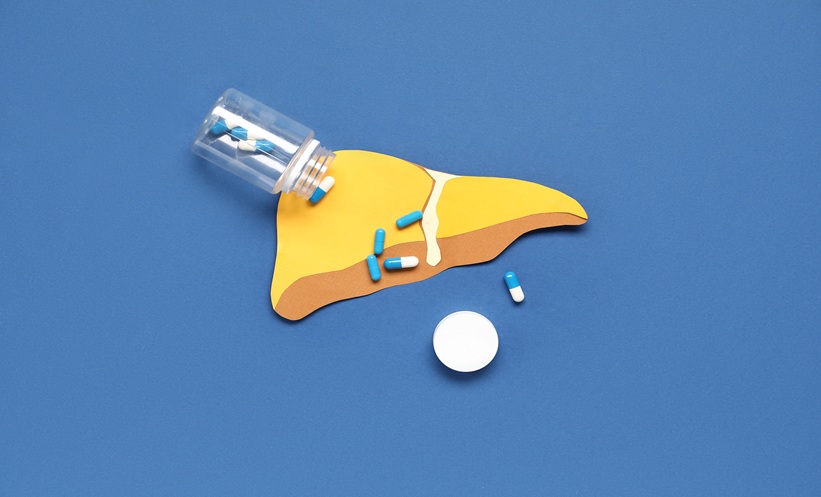RESEARCHERS have revealed that a previous paternal hepatitis B virus (HBV) infection before conception is associated with an increased risk of congenital heart diseases (CHDs) in offspring.
Previous research has shown that maternal HBV infection can impact fetal health, but limited data exists on the role of paternal infection. Data from the Chinese National Free Preconception Checkup Project (NFPCP) were analysed, including over 6.6 million couples, with a specific focus on those where the husband had either no HBV infection, a previous infection, or a new infection. After propensity score matching, a cohort of over 3 million couples was examined, focusing on the relationship between paternal HBV status and offspring CHDs.
Logistic regression models were used to assess the association between paternal HBV infection and CHDs. Among the 3,047,924 matched couples, 0.025% of offspring were born with CHDs. Paternal HBV infection prior to conception was significantly associated with an increased risk of CHDs in offspring (adjusted relative risk [ARR]: 1.40; 95% CI: 1.11-1.76). This effect remained consistent across subgroups based on maternal HBV immune status. Notably, couples with newly infected husbands and immune wives also had a higher risk of CHDs (ARR: 1.38; 95% CI: 1.05-1.82), although there was no significant difference in risk for couples with newly infected husbands and susceptible wives.
Clinically, these results highlight the importance of HBV screening and preconception care for both prospective fathers and mothers. Future research should focus on understanding the mechanisms by which paternal HBV infection affects sperm and embryo development to guide preventive strategies.
Reference
Yang Y et al. Paternal preconception hepatitis B virus infection and risk of congenital heart disease in offspring. JAMA Pediatr. 2024;178(10):1041-1048.








